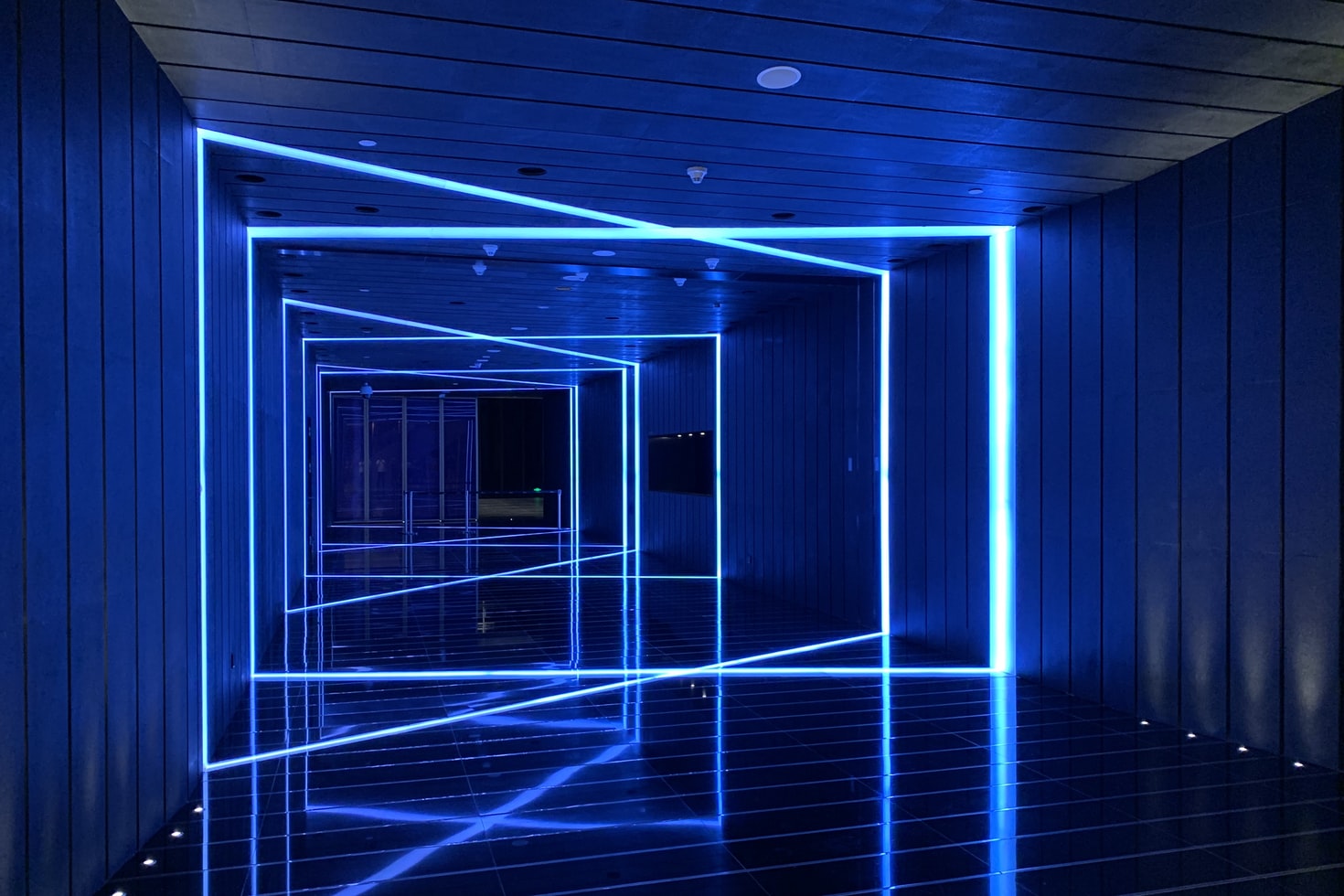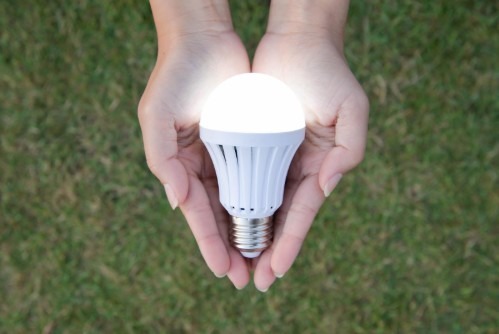People are replacing their old lighting with LED lights because they are more efficient, practical, durable, and long-lasting. However, there are additional aspects of LED light bulbs that you may not have heard about or even been able to speculate about. If you’d like to learn more about any of these LED light facts, then don’t hesitate to get in touch with us!
LEDs are not light bulbs!
In the classical sense, LED bulbs are not light bulbs but rather Solid-State Lights or SSLs. Because they include electrodes and gases, most light bulbs are referred to as “bulbs” in the context of the light output they produce. In reality, the LED’s bulb is nothing more than a plastic cover or lens that shields and protects the diode behind it.
As a result, LEDs are much more durable than traditional light bulbs. Aside from being resistant to shatter, they aren’t generally constructed of glass. Other light bulbs may fail if they are bumped or vibrated too hard. LEDs, on the other hand, seldom suffer from this problem.
It has been over 60 years since the invention of the LED!
LEDs may seem to some as a novel technology. To a large extent, this is owing to a lack of LED applications before 2000 since the semiconductor materials required to make them were prohibitively costly.
When it comes to light-emitting diodes (LEDs), General Electric pioneered the technology back in 1963, about 60 years ago!
There are no fumes or mercury in LEDs.
LEDs are not bulbs in the usual meaning of the term, as was indicated above. Due to the absence of gases, mercury, or phosphates, they are safe to use. This also decreases their environmental effect, making them more durable. LEDs, on the other hand, contain no hazardous elements and may be recycled nearly entirely. Some sites say that up to 95% of the LED is recyclable.
Lighting from LEDs uses a large portion of the energy they get from the source
For more than a century, incandescent bulbs and lamps have been used to light homes and businesses, and their colour temperature and light quality are excellent. But only around 10% of the energy they spend is converted into visible light.
Colour temperature ranges from chilly, brilliant white light to warm white light and everything in between, making them an excellent replacement for incandescent bulbs.
Some LED bulbs have a life expectancy of about a hundred thousand hours.
In addition to converting almost all of their energy into light, LEDs can also convert a significant portion of their energy into heat. Some of them are rated to last nearly 100,000 hours, so that’s not an exaggeration. Even fluorescent lights, which may last up to 50,000 hours, aren’t as long-lasting as incandescent bulbs.
LED lights will keep nighttime insects at bay.
Light-emitting diodes (LEDs) create a lot of high-quality light, but they don’t emit much ultraviolet or infrared light. Incandescent bulbs, you guessed it, emit UV rays and a lot of infrared light. Although flies and other pests cannot see these lights, switching to outdoor LED lights may reduce the number of bugs that congregate around your lights at night and disrupt sleep.
It is preferable to use LEDs to illuminate food items.
Additionally, LED lights don’t produce much (if any) UV light that significantly affects your life. The nutrients in food are destroyed by ultraviolet radiation, hence LED lights are preferable to incandescent lights at food markets. The same can be true about your refrigerator’s lights, which are often LEDs.
LED lights have the potential to save billions of dollars in energy costs each year.
According to various estimates, our country could save hundreds of billions of dollars in a single year if it operated exclusively on LEDs.
Capabilities in terms of colour and dimming are extensive.
LEDs may be paired to provide a variety of different colour combinations. Standard LED colours such as red, green, and blue are used in traffic signals and indicator lights to indicate their presence. Additionally, LEDs with blue light are often used in food shops since the light has an antimicrobial impact that aids in the preservation of goods.
You can alter and regulate the brightness level of your LED lights to suit your needs and tastes.
To sum it up,
Most people only know about LEDs as a replacement for incandescent and fluorescent lamps. On the other hand, LED lights from mrperfect.dk have some intriguing characteristics and functions yet to be discovered. LEDs have several advantages over conventional light bulbs because of their smaller size.


